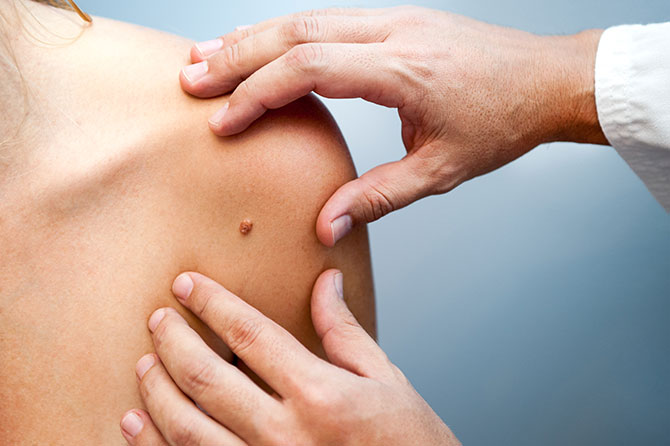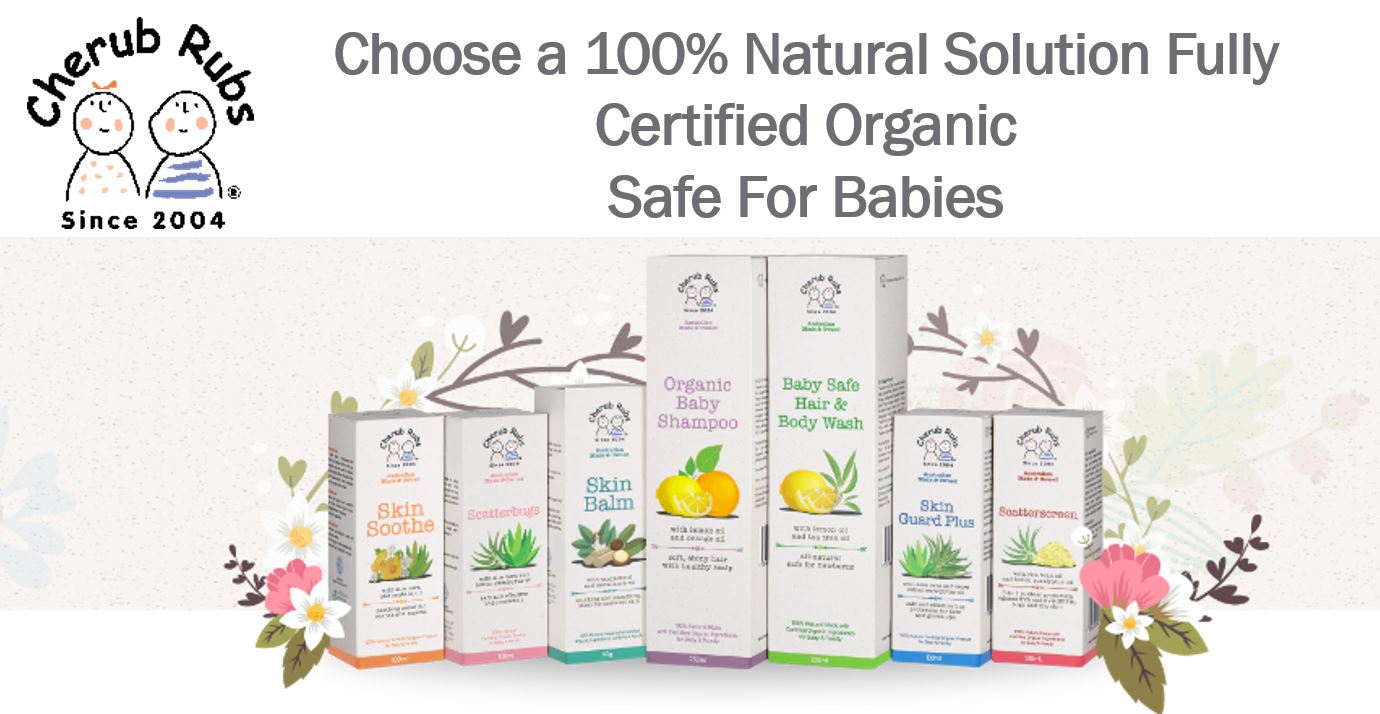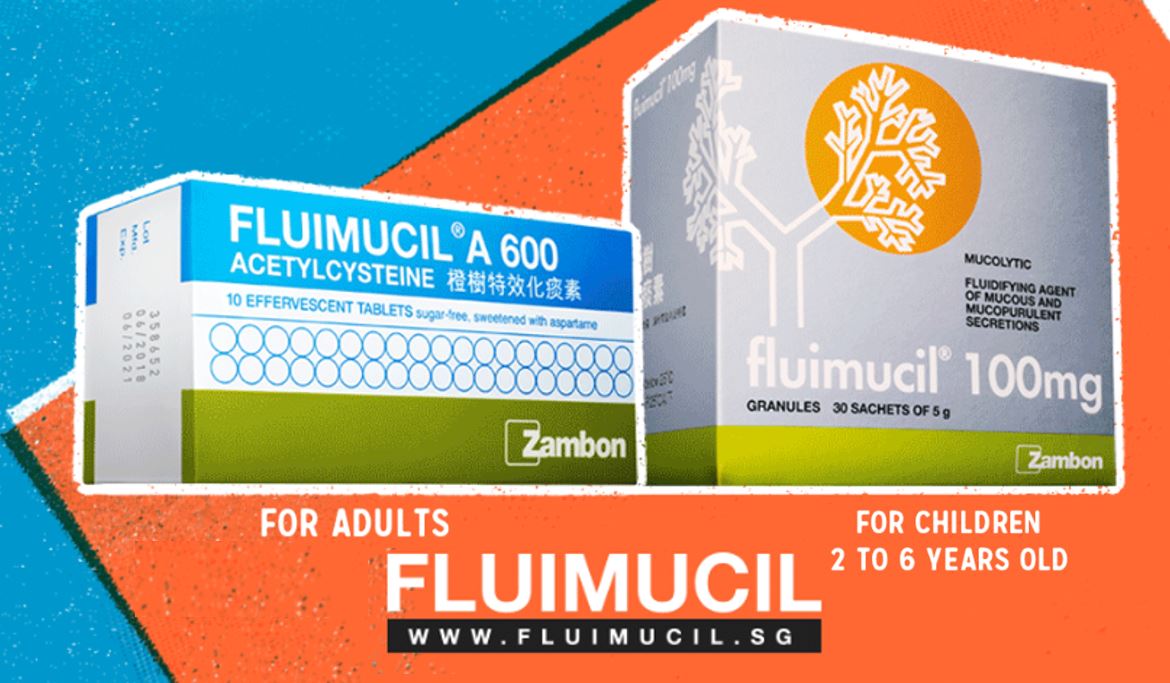
5 Deadly Skin Cancer Myths
July 4, 2016
Skin cancer is the sixth most common cancer amongst men and seventh most common amongst women in Singapore*, but it’s highly treatable if detected early. To debunk some of the most common (and dangerous) myths surrounding skin cancer, we speak to Dr. Sue-Ann Ho Ju Ee, a consultant at National University Hospital’s Division of Dermatology.
Myth 1: I’m already on treatment for skin cancer, so I don’t need to worry about other forms of skin cancer.
“Having been or currently being treated for skin cancer does not make a person immune to getting other forms of skin cancer. In fact, when a person has a history of skin cancer, he/she may be more likely to have skin damage at other areas that predispose him/her to skin cancers in the first place. If you have had a history of skin cancer, be sure to maintain your regular follow-ups with your doctor, conduct regular self-skin checks and work together with your doctor if you find a lump or skin growth that is worrying you.”
Myth 2: I’m not at risk of skin cancer because I hardly do any outdoor activities.
“You may think you are not at risk of skin cancer if you are hardly outdoors but that is not true. Minimising UV exposure can help reduce but does not eliminate the risk of skin cancer. The brief sun exposure we get (especially during peak UV exposure) from our daily activities such as going to the market or heading out during lunch breaks can be cumulative, leading to skin damage that puts you at risk of skin cancer. Certain UV rays can still penetrate through glass and reach you while you’re indoors or in the car. A person who does not spend much time outdoors but has a history of sunburns is also at risk of certain types of skin cancers.”
Myth 3: Using sunscreen should have sufficient protection against skin cancer.
“You should definitely use sunscreen but relying on sunscreen alone is insufficient. This can be attributed to various reasons such as poor or uneven application, using a wrong sunscreen that is not broad spectrum or is of a low SPF, or having the sunscreen wash off due to sweat and not reapplying it. Relying completely on sunscreen may lead you to have a false sense of security.

Ensure your sunscreen is of at least SPF 30 and above, and is broad spectrum. A broad-spectrum sunscreen protects against both UVB and UVA. These are the two types of UV rays that are responsible for skin cancer and aging. Apply sunscreen at least 15 minutes before going out. Remember to reapply sunscreen – you should reapply your sunscreen approximately every two hours or after swimming or heavy sweating.
Using sunscreen is one of the ways to protect you against skin cancer but it should not be the only method of protection.
To keep yourself well protected from UV rays, you should also actively seek shade. This not only includes walking in a shaded path or carrying an umbrella but knowing when is the period to avoid peak UV exposure i.e. from 10am to 4pm. When heading out for long walks, be sure to wear proper clothing such as wide-brim hats, long-sleeved shirts, and pants.”
Myth 4: I’m safe from skin cancer because there is no history of cancer in my family.
“While there are some skin cancers that can be inherited, the most common risk factor for skin cancer is UV radiation, which has nothing to do with family history.”
Myth 5: Dark skinned individuals are not at risk of skin cancer
“Although people with darker skin have slightly higher protection, they are not immune to skin cancer and should still take necessary precaution to protect themselves from harmful UV radiation. Sometimes skin cancer may be picked up late in individuals with dark skin and it can be more aggressive as well. Sun protection is for everyone.”
So, are you at risk for skin cancer?
These are the risk factors for skin cancer:
- Excessive exposure to UVB and UVA
- Fair skin
- A history of severe sun burns
- A family history of skin cancers
- A personal history of skin cancer
- A weakened immune system such as organ transplant patients who are on long-term immunosuppressants or patients with HIV
- Exposure to certain chemicals like arsenic
- Exposure to ionising radiation
- Unusual/Multiple moles
- Certain genetic conditions
If you’re concerned, make an appointment with your doctor today.
The comments given by the doctor are for educational purposes and not a product recommendation.
*Source: Trends in Cancer incidence in Singapore 2010-2014, Singapore Cancer Registry



 Australia
Australia  Brunei
Brunei  Cambodia
Cambodia  Hong Kong
Hong Kong  Indonesia
Indonesia  Laos
Laos  Macau
Macau  Malaysia
Malaysia  New Zealand
New Zealand  Philippines
Philippines  Singapore
Singapore  Thailand
Thailand  Vietnam
Vietnam  Worldwide
Worldwide 
